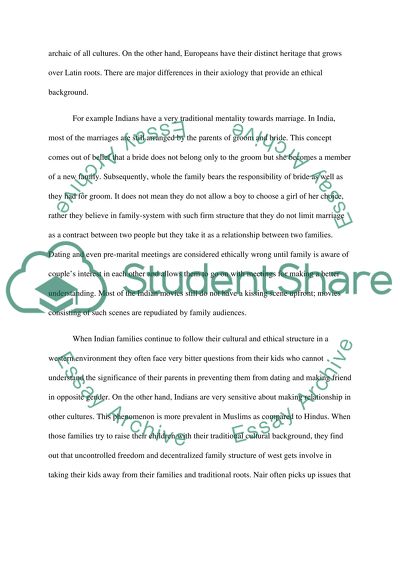Cite this document
(“Mira Nair: Cultural Profile Research Paper Example | Topics and Well Written Essays - 1500 words”, n.d.)
Retrieved from https://studentshare.org/family-consumer-science/1422381-mira-nair-cultural-profile
Retrieved from https://studentshare.org/family-consumer-science/1422381-mira-nair-cultural-profile
(Mira Nair: Cultural Profile Research Paper Example | Topics and Well Written Essays - 1500 Words)
https://studentshare.org/family-consumer-science/1422381-mira-nair-cultural-profile.
https://studentshare.org/family-consumer-science/1422381-mira-nair-cultural-profile.
“Mira Nair: Cultural Profile Research Paper Example | Topics and Well Written Essays - 1500 Words”, n.d. https://studentshare.org/family-consumer-science/1422381-mira-nair-cultural-profile.


